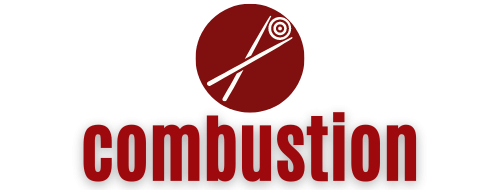You’ll find similar topics at any major conference in the cold chain logistics industry.
As we attend the annual Cool chain & controlled room temperature logistics Europe conference at LuxExpo in Luxembourg, this is evident. The session titles are “Analysis global logistics processes to reduce temperature excursions”, and “Using temperature data to improve supply chain performance”.
Supply chain visibility is becoming more important. This is despite the growing confidence in ERP systems providing adequate supply chain visibility. Forbes magazine published ” Building the Extended Supply Chain: If It Was Like Legos”. Companies believe that connecting ERP systems to their ERP is easy. However, this is not the case. Today, only one in four companies feel that ERP logic can deliver supply chain visibility to contract manufacturers, third-party logistics providers, and first and second-tier suppliers.
The debate is also around big data – and why it is important in the movement of temperature-sensitive products both in terms of visibility as well as the ability to take remedial action. The data can be used to determine if there is a problem in your supply chain or if there has been a temperature increase. The supply chain manager will be better informed if they have the experience to know what to do with it and how to interpret them. The data recording and analytics not only make it possible to instantly access real-time data but also allow for the generation of data relevant to GDP and HACCP compliance reporting.
Another big trend in 2014 is the internet-of-things, which allows for the connection of any number of objects and devices using radio connections. This allows machine-to-machine communications, also known as M2M. It also allows suppliers to the pharmaceutical, food, and medical industries to provide more data, monitoring, and visibility to their supply chains, often in real-time. The announcement was made at the conference by KPN, the largest ICT and telecom service provider in the Netherlands. Dazzle measures and analyses business process data in real-time for the cold chain.
They will provide an integrated platform that allows for real-time data analysis and visualization, as well as monitoring and tracking of the products. The M2M and RFID asset tracking systems of one company are combined with the monitoring platform and analytics of the other to track the product’s location and gather data about the environment during shipment.
These trends indicate a growing demand for one-stop application enablement platforms that simplify data extraction and normalization so that machine data can be easily consumed by M2M applications as well as enterprise systems. This means that not all companies want to have reams and more data. However, they need a way to interpret this “big data” to give them the most relevant information for their business processes. These could take the form of alerts, flags, or indicators which give appropriate warnings and assurances to the supply chain. These tools and technology are becoming more readily available. This allows customers and end-users to prove that their products have been safe.

Prevention of contamination and deterioration
These warehouse rules are important to ensure that materials do not become contaminated or degraded during pharmaceutical warehousing.
- Packs should never be left un-sealed. This will prevent dirt contamination and pest infestation.
- All products and chemicals must be kept within the temperature zones they are labeled.
- Keep at 2degC-8degC
- Do not freeze
- Keep below 25°C
- Use a first-in, first-out (FIFO) system. The expiry dates for medicines and chemicals can deteriorate over time. Inadequate rotation stock could lead to partially degraded or old materials being issued.
- To ensure the safety of personnel and products, follow the chemical spillage procedure. All incidents should be reported to the supervisor.
- When not in use, keep the outer doors and exits locked. Stocks can be contaminated by pests and dirt from the outside.
- Material or products that are not properly labeled should never be used. A missing label generally indicates that the stock should be avoided.
Avoiding mix-ups within the warehouse
A busy warehouse is prone to daily movements of raw materials into it, daily pick-ups from production, regular storage, and distribution of finished goods. Many warehouses can get crowded because of limited space.
Staff must keep records and apply labels to indicate stock status during all the stock movements.
There are many opportunities for mix-ups to happen almost every day. GWP rules help to prevent this from happening.
- Quarantine inward and finished goods are subject to quarantine until they have been approved for release.
- Segregate material based on their status labels (e.g. there should only be released labeled stock at the store).
- Make sure that Unique Identifying numbers and batch numbers are easily visible and legible.
- As much as possible, only one type of material should be kept in any one place. This is a matter that may be discussed differently by different companies.





More Stories
10 Reasons Adult Chess Players Fail to Improve
Top Android Travel Apps for 2021
What Are the Benefits of Collagen Vitamins?